Gemstone Cutting Styles
Each type of cutting style offers unique benefits to the gemstones whether that means enhanced color, weight retention, or more sparkle. When the cutter picks up a piece of rough in order to plan the cut, they must make many complex decisions around how the stone will be cut, with respect to the rough stone’s original shape, color, and weight. In an attempt to make gemstone and jewelry buyers more aware of the benefits of different types of cutting, this brief guide outlines the benefits and differences between some of the most popular cuts.
We've created a gemstone cuts chart to help you choose your favorite style. Continue reading to see more about each cut.

Cushion Cut:
The cushion cut is often called the cushion cut because it is square or rectangular with rounded corners. This cut contains 58 facets and looks like a brilliant stone. Pillow cuts have been popular since the 18th century.
Asscher Cut:
The Asscher cut is a step-cut square stone that is a variation of the emerald style. It has the shape of a rectangular emerald cut, which looks like an octagon when viewed from above, but is similar to a rectangular emerald cut. The Asscher cut was invented by the Royal Asscher Diamond Company in 1902 and became popular during the Art Deco era.
London Blue Topaz Asscher cut
Oval Cut:
Oval cut gemstones, elongating the more traditional round brilliant, oval cut gemstones, marry traditional with modern. oval gems are incredibly elegant on women with smaller hands because they add depth thanks to their longer dimensions. the trinity is a common engagement ring style, featuring an oval cut center stone flanked by two smaller round brilliant gems.
Trillion Cut:
The stone is a brilliant cut triangular stone with 31 to 50 facets. Trillion cuts stones are usually surrounded by a center stone and have straight or curved sides on the jewelry.
Round Cut:
The round cut is the most traditional of all stone cuts. 58 facets, cut to maximize the brilliance of the stone. Fancy cut, a term used to describe anything other than a round cut. The round brilliant diamond has been popular since the early 20th century.
Emerald Cut:
The Emerald Cut have 58 facets and cut corners. Gemstone clarity is very important as imperfections in the stone can be magnified by the flat pavilion of an emerald cut diamond. Cut only for emeralds and now used for other gemstones, the name defines the style. Emerald cuts became fashionable during the Art Deco era.

Baguette Cut:
Named after French bread, this step-cut rectangular stone with an elongated shape is used to highlight the large central stone. The Baguette cut style, which was popular during the Art Deco period, has been revived, especially in his Art Deco style rings.
Marquise Cut:
Easily identified by its oval shape with tapering ends, the Marquise cut stone is also known as the navette cut (French for little boat or sailboat). A cut marquise stone is considered a cut brilliant because of his 58 facets.
Princess Cut:
The princess cut is a variation of the round brilliant popular in the 1960s. This cut has the most dazzling sparkle, making it one of his most popular choices for engagement rings. Also, squares retain more of the original gems, so you lose less.
Oppose Bar Cut:
The Oppose bar cut is a mid-20th century American design that creates a unique visual illusion resembling flickering pixels that light up when the stone is rotated. The cut needs to be done on a square or rectangular shaped stone and is comprised of rectangular facets on the crown, running width-wise and long rectangular facets running the opposite way on the pavilion. These opposing rectangles give this modern cut style its name and the effect they create is unlike any other design

London Blue Topaz Oppose Bar Cut
Heart Shape:
Heart-shaped gems are cut into a heart by placing a cleft cut at the top of a pear gemstone, as the name suggests. the overall look is romantic and feminine, but it is not suitable for all gemstones.
Hexagonal Cut:
A hexagonal cut is a six sided structure, offering a totally unique stone shape. Known for their geometric lines and modern aesthetic,
Pear Cut:
The pear cut also known as the 'teardrop,' is a brilliant group of diamond shapes. the pear cut looks like a round and marquise cut have been joined together, with a rounded end and curved shape that comes to a point in appearance.

- asscher cut stone
- baguette cut stone
- cushion cut stones
- Cut stones
- emerald cut stone
- french cut stone
- gemstone
- gemstone cut guide
- gemstone cut shapes
- gemstone cuts chart
- gemstone cuts guide
- gemstone cutting names
- gemstone cutting style
- Gemstone Cutting Technique
- marquise cut
- natural gemstone shapes
- natural stone shapes
- oval cut stone
- princess cut stone
- round cut
- trillion cut stone
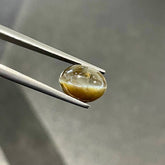
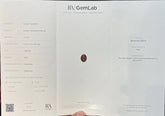
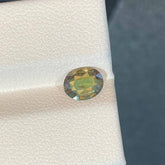
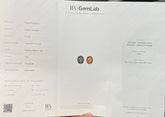
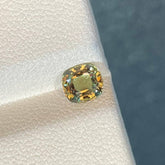

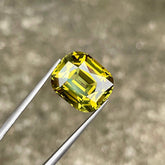
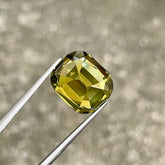
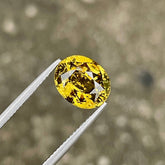
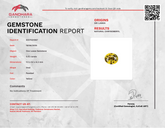










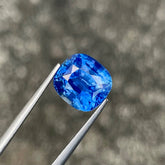

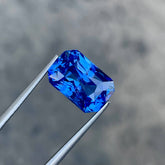

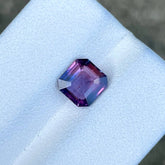

Leave a comment
Please note, comments need to be approved before they are published.